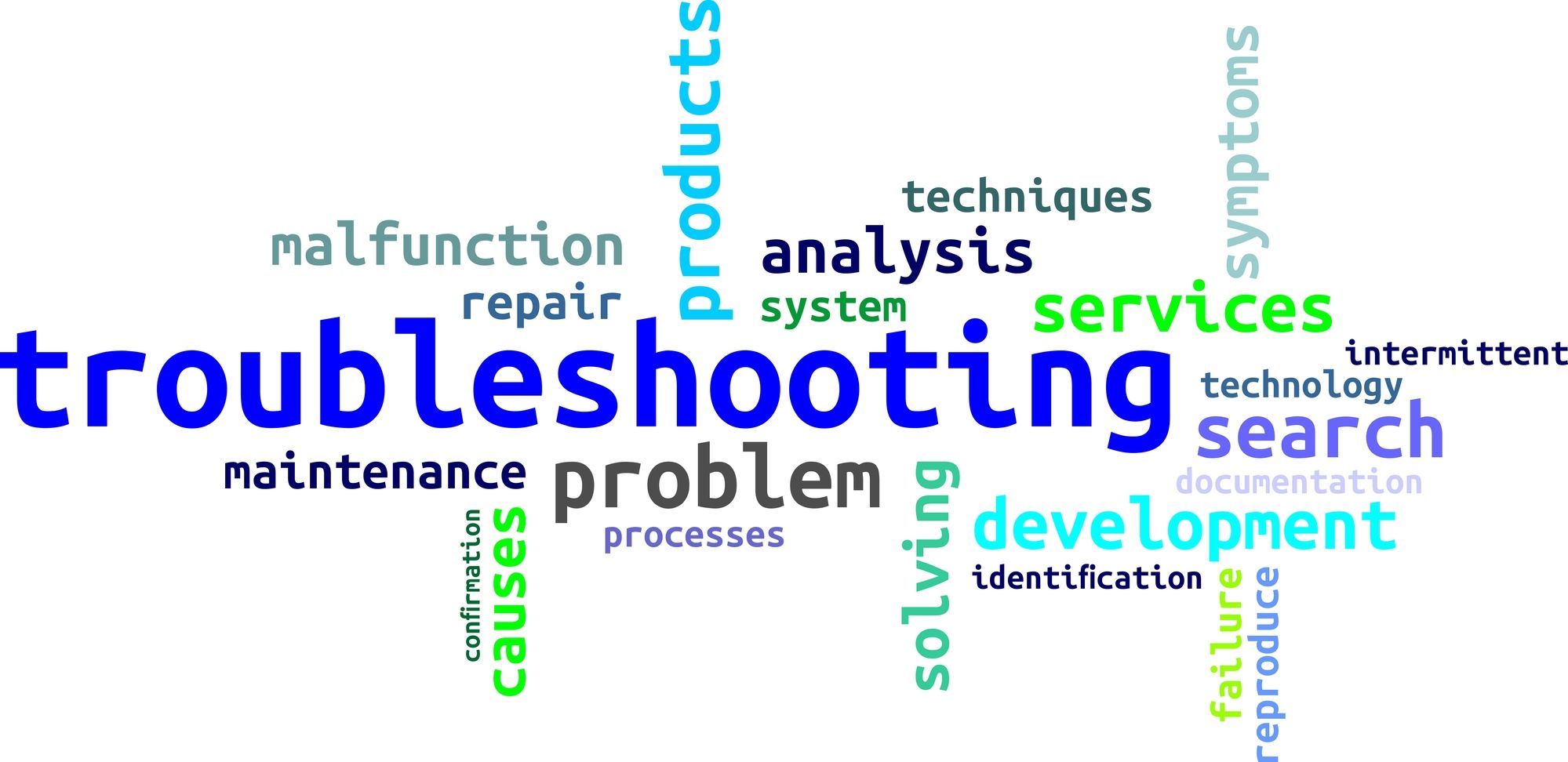How To: Troubleshoot MYOB Import File Issues

Sometimes errors can happen when you are trying to import MYOB files. Instead of having to go through all the trouble of finding out the problems and communicating with MYOB staff, you can first try these basic troubleshooting techniques instead:
When MYOB import file issues arise, there will usually be a summary displayed to notify users of the issue. Depending on the nature of the issue, the summary will differ. Commonly seen MYOB import file issues are errors where records contain elements that cannot be imported, warnings where records are successfully imported but with flaws, and skipped where records are not imported. You should be able to see how many information records are imported, skipped or have errors so that you will be able to resolve them.
One of the first things to do when you want to troubleshoot MYOB import file issues would be to check the import log file for details and identify the error/warning codes. The error and warning codes are used to identify the nature of issues, for example: Error -9 usually means there are duplicate item numbers in the import file. For more information on error and warning code lists, you can check out the official MYOB website for the explanations on their listing. Every MYOB import file issue will be covered in the report log you receive.
For simple errors, you can look through the report log and choose to modify information in your import file before trying to reimport them once again or relocate your original source and modify the information there instead. If it is the latter option, you will have to export it again to get everything prepared for importing. Once it’s done, you can try importing once again.
As an added tip: Make sure to do slight changes to your import file if you have to import cards, items and accounts from different software versions. Your import file should be accessible and opened with text editors since they are usually in Txt file formats. If you do not have a compatible file opening program, you can rely on the old Notepad too. Once you have opened the import file, look through the document and delete brackets and/or any spaces found in the start of the import file. Save the import file after the changes.
Understand that there will be some import fields that require manual matching as the fields exported vary between softwares. If you need to, you can open your import file with other programs like Microsoft Excel to view/update the contents. This can be an alternative method to deal with import files that have not been imported properly or to update multiple records at once. Simply open the file in other programs and choose All Files under fields of type to locate your import file. Choose the delimited option when prompted. Depending on whether you want tab or comma, you can select either and hit finish to edit your import file in other software programs.